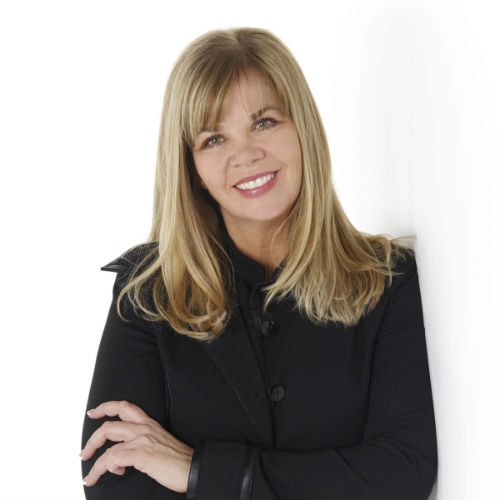Regulations designed to limit overleveraged mortgage borrowers are missing the larger point of Canada’s issues with debt, writes Karen Boyne

A mortgage is a pretty good debt to have – not only can you live and raise your family in the property you are paying off, but the chances of it appreciating in value are high. However, lines of credit, student loans, vehicle loans and recreational vehicle loans are terrible debts, yet few rules are in place governing this kind of debt as long as the borrower has a high credit score.
The mortgage industry has been hit hard over the last several years with new rules designed to save the consumer from themselves. While I believe that some changes had to be made, it seems we may have neglected the larger issues with respect to debt. At the heart of the problem is the lack of financial literacy among Canadians in general. In my line of work, I have seen up close the damage that such ignorance and the lack of rules around unsecured consumer debt and vehicle loans can do.
It’s staggering how many times I have met a young couple who both have student loans, tens of thousands in credit card debt, a vehicle loan each, an RV loan and have borrowed their down payment from family. I wonder if young people have any insight as to how they will ever pay off their debts.
The situation in Alberta can be seen as a microcosm of what happens when the good times stop rolling. I’ve met many oil patch workers, or those in allied industries, over the past several years who have not saved the minimum 5% for a down payment and are hoping instead for a zero-down mortgage.
Pulling their credit shows me that many have borrowed to pay for toys. These are often high earners, but the loans for RVs, quads, snowmobiles, trucks and the like have their lines of credit stretched and their credit cards at the maximum. It’s not unusual to see in excess of $150,000 in unsecured debt for one family. And those lucky enough to qualify for a mortgage in the past have mortgages of around $400,000 to $500,000 on top of that $150,000 in unsecured debt.
What is the government doing to limit this kind of debt? Recently, I met with clients who had purchased a $65,000 travel trailer with a bi-weekly payment of $264. I was curious, so I did the math. It worked out to $6,864 in annual payments toward principal and interest. Given the interest rate, the term of the loan appeared to be around 15 years, which doesn’t make sense on a depreciating asset
I have several strategies I use when working with clients with debt. First, I challenge them to put their credit cards on ice in the freezer, thus ensuring the plastic is out of their wallets and not available for impulse purchases.
Second, I suggest they build a budget and use an envelope system, in which actual currency is divided up into envelopes with specific purposes so they can pay cash for everything in their budget. I find it is much more difficult to take your wallet out and part with real money than it is to tap a card and go further into debt.
When budgeting for a home, I ask my clients to try paying the differential between their current rent and their future mortgage payment, plus taxes, insurance and condo fees, into a separate account for six months to see if they can manage the financial burden of owning a home. For example, if their current rent is $1,100 and their new combined monthly mortgage obligation is $2,100, then I ask them to put an extra $1,000 in a separate account to ensure they can afford it. Also, I tell them they must have three months’ worth of payments already sitting in the bank as an emergency fund.
Finally, I ask them to prioritize their debt based on the lowest amount and just keep paying off each debt and closing that card. This way, they’ll start to feel like something is changing and their sacrifices are paying off.
Setting up a realistic plan with prospective homebuyers is an important step toward encouraging responsible homeownership. But even more important, there should be some restrictions in place to ensure Canadians are not able to obtain unsecured debt without some sort of matrix that inhibits them from sliding further into financial quicksand.

Karen Boyne has spent 14 years working in the mortgage industry. She also coaches and trains Canadians on financial literacy, debt management and strategies to reach their dream of homeownership.



